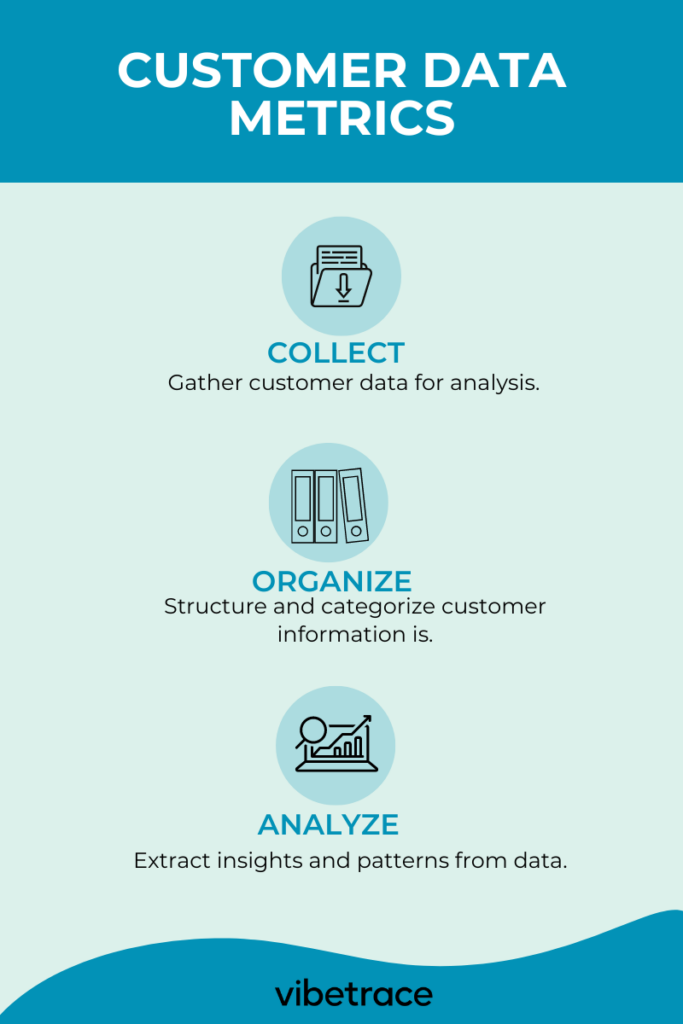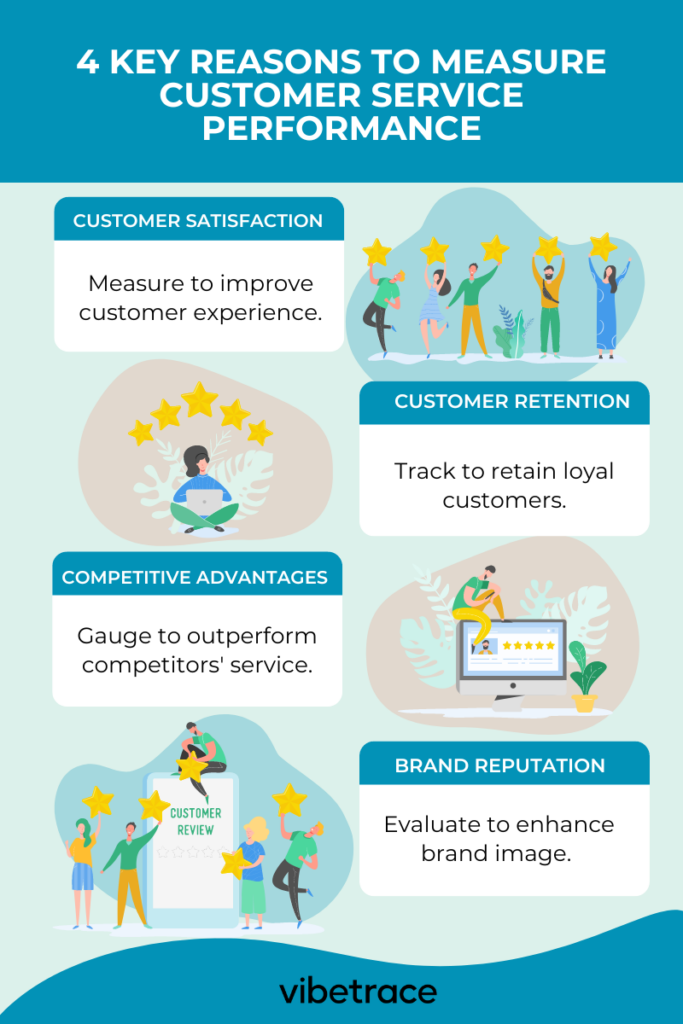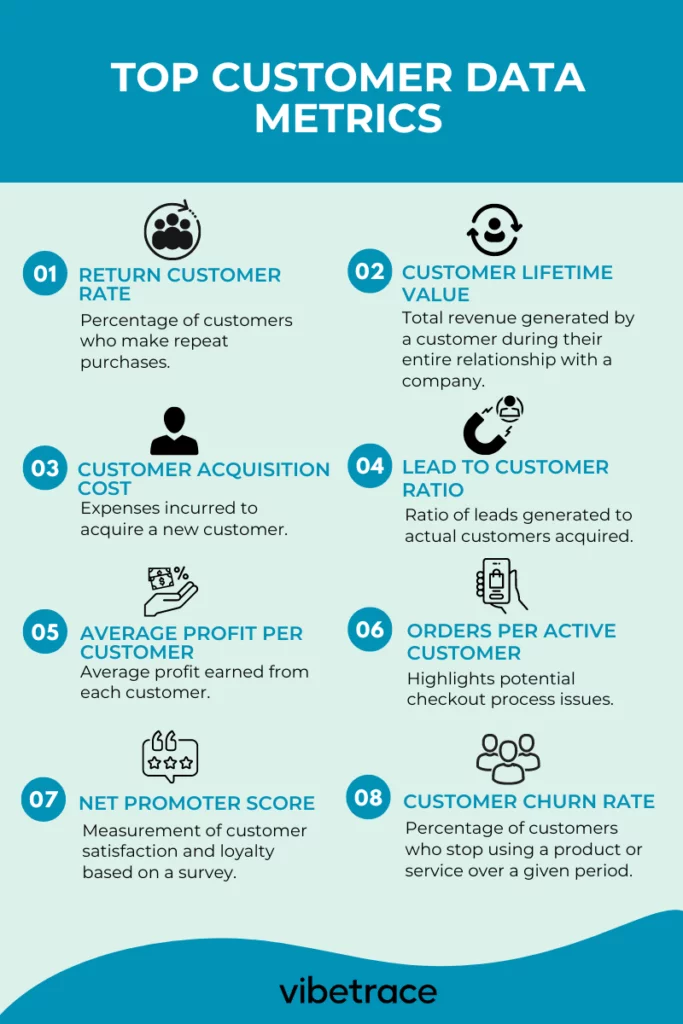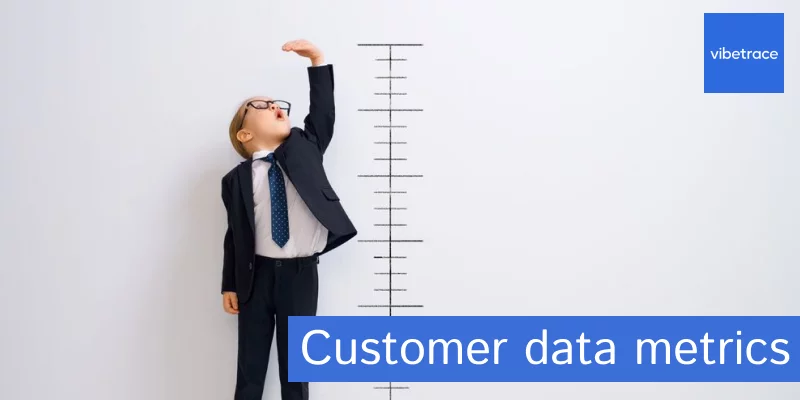Keeping your customers may mean identifying the best strategies to target them!
But to do that, you need to be updated on their current interests, satisfaction rate, and what keeps them engaged.
Your e-commerce business deserves a level up to keep your customers returning so keep track of your Customer data metrics whether you are just about to start your business or you have been in the e-commerce industry for several years.
Before that, you might be wondering why you need this when you’ve already been tracking your email marketing metrics as well as e-commerce metrics.
Keep reading and learn more about Customer Data Metrics.
What are Customer Data Metrics?
Customer Data Metrics simply refer to tracking everything about your customers. It includes a deep analysis of various data points which is related to your customer behavior, interests, and interactions.
It is ideally used to understand and assess the effectiveness of your marketing efforts, sales, and even customer service which matters a lot when it comes to customers.
Customer data metrics can help your business gain more valuable insight into your customer preferences, satisfaction levels, purchasing patterns, and overall engagement with your product and services.
Furthermore, these metrics are often related to measuring customer service performance.

Why Should You Measure Customer Service Performance?
One bad experience can make your customer end their relationship with your brand. And you wouldn’t like that!
Take note that it’s harder to keep acquiring customers because it’s more expensive so it’s best to serve your customers in the best way possible.
And with the right measurements of data about your customers, you’ll be able to identify areas to improve.

Here are the 4 main reasons why you should measure customer service performance:
Customer Satisfaction: Measuring customer service performance allows you to see how well your team is meeting customer expectations and where you can improve. Customers who are pleased with your product or service are more likely to become repeat customers and brand advocates.
Customer Retention: Good customer service is critical for identifying factors that contribute to customer churn and taking proactive steps to improve retention rates. Retaining existing customers is often less expensive than acquiring new ones.
Competitive Advantage: Excellent customer service can set your company apart from the competition. You’ll be able to identify areas in which you excel as well as areas in which you can improve to gain a competitive advantage.
Brand Reputation: Customer service has a significant impact on the reputation of your brand. Positive interactions with your customer service representatives can result in positive word-of-mouth recommendations, online reviews, and testimonials.
Top Customer Data Metrics

Here are essential customer service metrics and different types of KPIs to measure customer service performance:
Return Customer Rate
Keeping an existing customer is five times less expensive than finding a new one.
One of the most crucial parts of having an e-commerce store is making your customers loyal. So, in order to see how well your business is doing with your customers, you should track your return customer rate.
The return customer rate calculates the percentage of customers who make repeat purchases within a specific time frame.
It indicates customer loyalty and satisfaction, as well as the effectiveness of your retention strategies.
The higher return customer rate will show you an increase in your customer lifetime value. This may mean increasing your chances of higher profitability and sales growth.
Customer Lifetime Value
One of the most well-known customer data metrics is the customer lifetime value.
Customer Lifetime Value (CLTV) estimates the total value a customer generates throughout their relationship with your business.
Tracking this metric can help your business understand the long-term profitability of each customer and can guide you with your decisions related to customer retention and loyalty programs.
Aim for an increasing CLTV because it shows that your products offered on your e-commerce store are accepted by your customers which means that your marketing and pricing strategy is done right.
Customer Acquisition Cost
As a business owner, it’s undeniably costly to acquire new customers especially if you are just starting your business. You can use several paid advertisements to help you reach more people from your target audience.
This marketing cost for acquiring customers is called the Customer acquisition cost.
By definition, CAC refers to the average cost a business incurs to acquire a new customer. It helps assess the efficiency and profitability of your business marketing and sales efforts, providing insights into the return on investment (ROI) for acquiring new customers.
Tracking this metric will help you to identify areas for improvement in your marketing efforts that work well. Additionally, you’ll get the chance to identify the specific personalities, interests, and traits of your customers.
Lead to Customer Ratio
Once you begin your marketing, you’ll get many leads but not all are qualified leads because some leads may not be interested in your products or have been looking for something else.
Nonetheles, the qualified leads will be used in determining one important metric which is the lead-to-customer ratio.
The meaning is self-explanatory, this metric measures the percentage of leads that convert into paying customers. It helps evaluate the effectiveness of lead generation and lead nurturing strategies, highlighting areas that require improvement.
Moreover, this metric is ideal in comparing the effectiveness of each marketing channel so next time you can diversify your money on different marketing channel
Average Profit per Customer
The main reason for starting up your e-commerce business is to earn profits from what you sell so it’s ideal to track the average profit you earn from your customers.
Average profit per customer calculates the average revenue generated by each customer after accounting for costs and expenses.
This metric will help you determine the profitability of individual customers of and guides pricing and upselling strategies.
By determining your average profit per customer, you can identify which pricing strategy is best for your products that are acceptable for customers.
Orders per Active Customer
To gain more growth and revenue for your e-commerce business, you will need a number of customers purchasing your product.
To do that, you have to identify if you are attracting frequent shoppers to make a purchase on your website by tracking your orders per active customer.
This metric calculates the average number of orders placed by each active customer over a specific period.
Moreover, this can help you gain more insights into your customer engagement and purchasing behavior. This is a great way to optimize your marketing and sales efforts.
Want to be up to date with Marketing?
Subscribe to our Retail CX newsletter!

Stay connected with what’s really important to optimize your digital revenues.
By clicking the button, you accept our Terms & Conditions. Also you will need to confirm your email address.
Net Promoter Score (NPS)
Your customers are the cheapest channel to reach more customers so you must always give them the best experience with your e-commerce store so they would most likely recommend your store.
To keep track of your customer loyalty, satisfaction, and enthusiasm with your brand’s product you must keep track of your Net Promoter Score.
Net Promoter Score measures your customer loyalty and advocacy by asking customers how likely they are to recommend a business to others.
This is tracked by asking your customers on the of 10 how likely they would recommend your product to their family or friends.
Additionally, this metric provides insights into your overall customer sentiment and brand perception. This can be done by a simple survey that you can request from your customer to improve your business.
Customer Churn Rate
Relationships are the foundation of customer support, and developing them is crucial.
If you wanna keep track of the customers you are losing, you have to check your customer churn rate, or what is often called the cancellation rate.
Customer churn rate measures the percentage of customers who stop using your product or service over a specific period.
Knowing the numbers on this metric will help you assess customer attrition and retention rates, highlighting areas that may require improvement to reduce churn and increase customer retention.
Make your first Step
As an e-commerce store, your customer success matters. It is the key indicator that there’s a big future ahead of your business.
At the end of the day, your customers are the key to your business success.
This is why you should never ignore customer data metrics and instead use them to your advantage to improve your business.
To make sure you are tracking the right metrics, choose the right tool for your business that can help you view the correct analytics for the following metrics such as Vibetrace.
Vibetrace offers various features that include tools for tracking customer data metrics.
Apart from being an email marketing software which could be a great help for customer retention, you can access more features that are part of the software.
Begin your first step with Vibetrace today!

